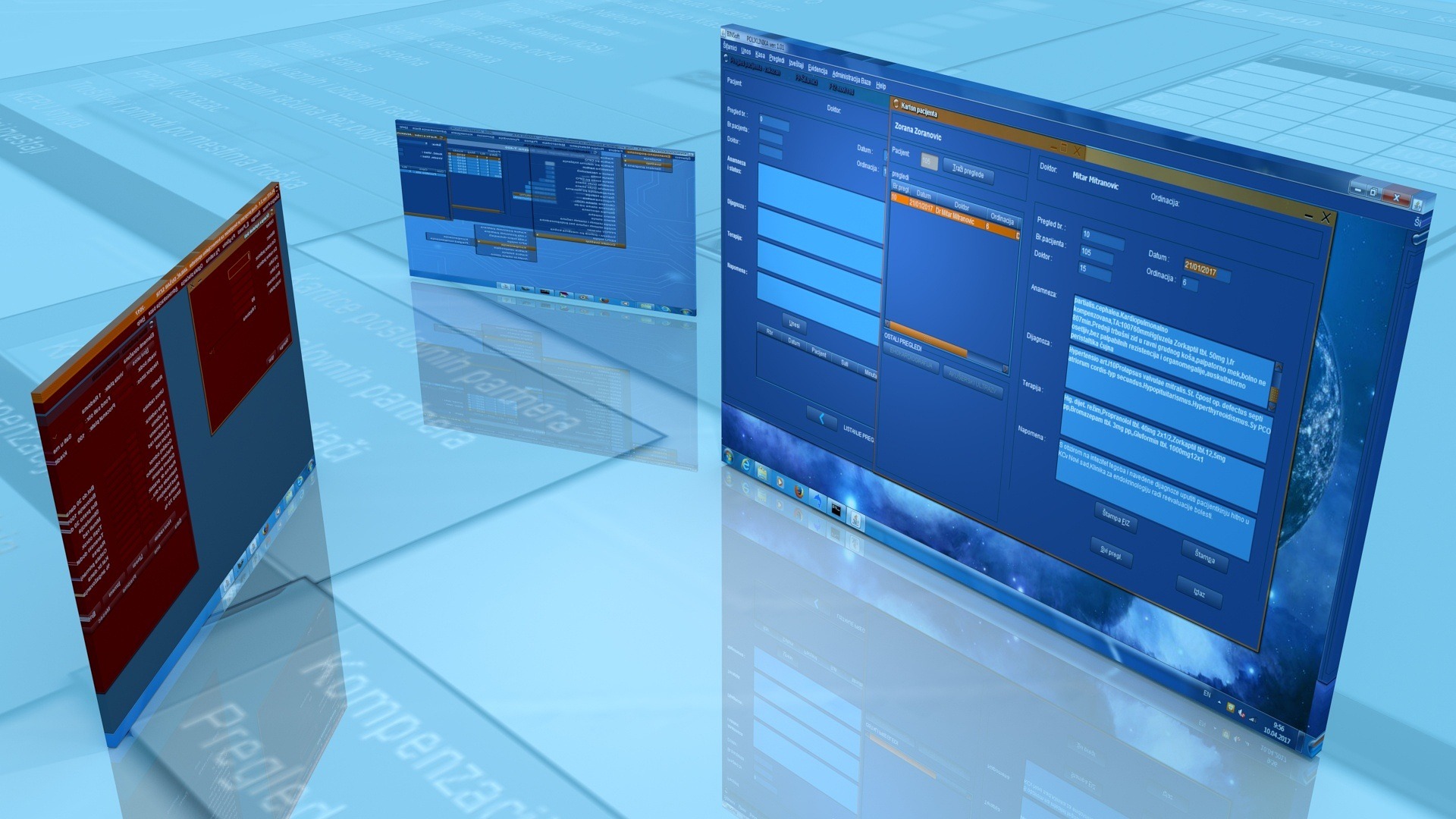Asset Management Software: Streamlining Business Operations and Maximizing Efficiency
Asset management software has become an essential tool for businesses of all sizes, helping them track, maintain, and optimize their assets effectively. This powerful technology streamlines operations, reduces costs, and improves overall efficiency. In this article, we'll explore the benefits of asset management software and highlight some of the top solutions available in the market today.

What is asset management software and why is it important?
Asset management software is a digital solution that helps organizations track, manage, and maintain their physical and digital assets throughout their lifecycle. These assets can include equipment, vehicles, software licenses, and more. The importance of asset management software lies in its ability to provide real-time visibility into asset status, location, and usage, enabling businesses to make informed decisions about resource allocation, maintenance schedules, and procurement.
How does asset management software improve business operations?
Asset management software offers numerous benefits that can significantly enhance business operations:
-
Improved asset tracking: The software provides real-time updates on asset location, status, and usage, reducing the risk of loss or theft.
-
Enhanced maintenance planning: By tracking asset performance and maintenance history, the software helps schedule preventive maintenance, reducing downtime and extending asset lifespan.
-
Cost reduction: Better asset management leads to optimized resource allocation, reduced unnecessary purchases, and improved budgeting.
-
Increased productivity: Automating asset-related tasks frees up employees to focus on core business activities.
-
Compliance management: Many asset management solutions help businesses stay compliant with industry regulations and standards.
What features should you look for in asset management software?
When evaluating asset management software, consider the following key features:
-
Asset tracking and tagging: The ability to assign unique identifiers to assets and track their location and status.
-
Maintenance scheduling: Tools for planning and tracking regular maintenance activities.
-
Reporting and analytics: Customizable reports and dashboards for data-driven decision-making.
-
Mobile accessibility: Mobile apps for on-the-go asset management and data collection.
-
Integration capabilities: The ability to integrate with other business systems, such as ERP or accounting software.
-
Lifecycle management: Features to track assets from acquisition to disposal.
-
User-friendly interface: An intuitive design that makes it easy for employees to use the software effectively.
Which are some of the best asset management software solutions?
| Product/Service | Provider | Key Features | Cost Estimation |
|---|---|---|---|
| AssetCloud | Wasp Barcode Technologies | Barcode scanning, customizable reporting, mobile app | Starting at £795/year |
| Asset Panda | Asset Panda, LLC | Flexible configuration, mobile app, API integrations | Custom pricing |
| UpKeep | UpKeep Technologies, Inc. | Work order management, mobile-first design, preventive maintenance | From £35/user/month |
| EZOfficeInventory | EZOfficeInventory | Check-in/check-out system, customizable reports, asset tracking | Starting at £35/month for 250 assets |
| IBM Maximo | IBM | AI-powered insights, predictive maintenance, IoT integration | Custom pricing |
Prices, rates, or cost estimates mentioned in this article are based on the latest available information but may change over time. Independent research is advised before making financial decisions.
These top solutions for asset management offer a range of features to suit different business needs and budgets. When selecting the best asset management software for your organization, consider factors such as the size of your business, the types of assets you need to manage, and your specific industry requirements.
How can businesses implement asset management software successfully?
Implementing asset management software requires careful planning and execution:
-
Assess your needs: Identify the specific asset management challenges your business faces and the goals you want to achieve.
-
Choose the right solution: Based on your assessment, select a software that aligns with your requirements and budget.
-
Plan for data migration: Prepare to transfer existing asset data into the new system, ensuring accuracy and completeness.
-
Train your team: Provide comprehensive training to ensure all users can effectively utilize the software.
-
Establish processes: Develop clear procedures for asset management tasks within the new system.
-
Monitor and optimize: Regularly review the software’s performance and make adjustments as needed to maximize its benefits.
By following these steps, businesses can ensure a smooth transition to their new asset management system and start reaping the benefits of improved efficiency and control over their assets.
In conclusion, asset management software is a valuable tool for businesses looking to streamline their operations and maximize the value of their assets. By choosing the right solution and implementing it effectively, organizations can achieve significant improvements in efficiency, cost savings, and overall asset performance.




